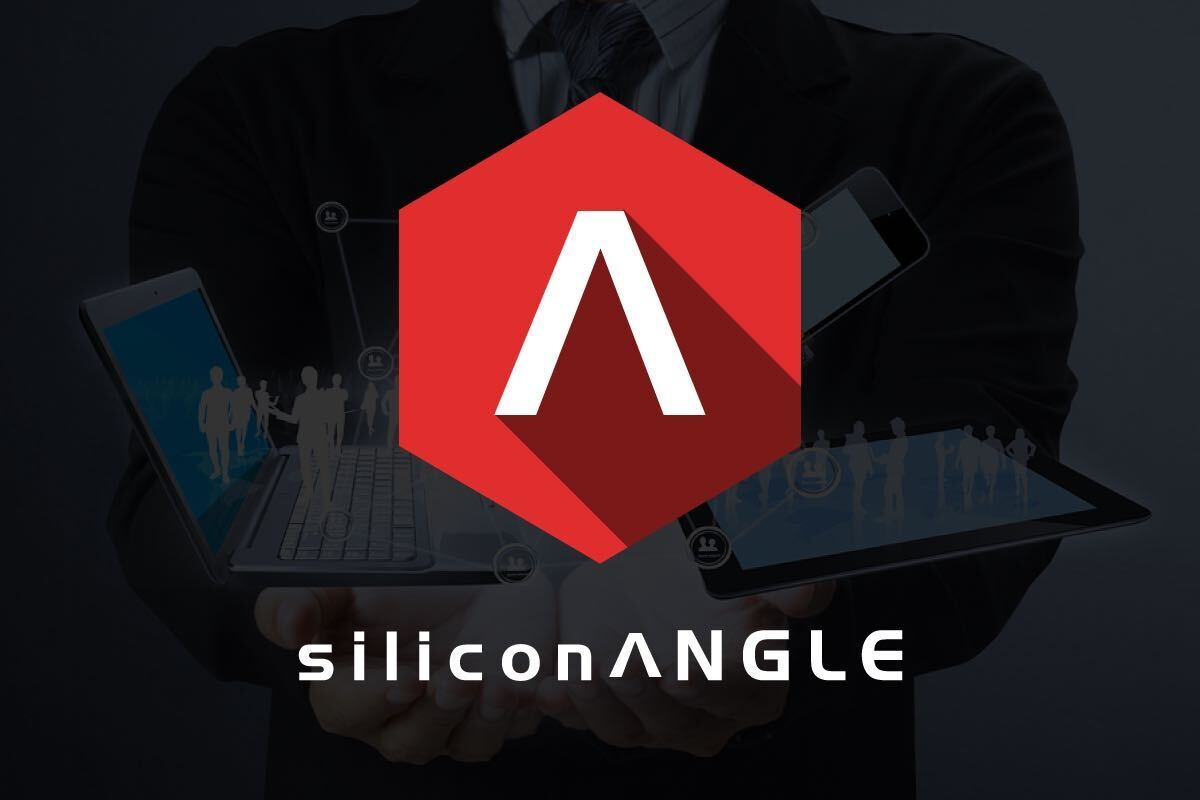


![]() The fully automated car of the future will be on the roads by 2025, said Brian Droessler, Vice President of Continental AG, in a live interview with theCUBE co-hosts John Furrier and Dave Vellante, at this year’s edition of IBM Pulse.
The fully automated car of the future will be on the roads by 2025, said Brian Droessler, Vice President of Continental AG, in a live interview with theCUBE co-hosts John Furrier and Dave Vellante, at this year’s edition of IBM Pulse.
Summarizing his Pulse keynote, Droessler said “the car is becoming just another mobile platform in our life.”
The car connected to the cloud yields many new use cases, one of the most popular being the future of automated driving. “It will take some time, but we think that by 2025 you will see fully automated self-driving cars,” Droessler said.
.
The cloud allows for a connection to a whole range of new services, making the car more efficient and safe for the road. Information from the cloud can be sent to the car, telling it what’s ahead, which can lead to outcomes such as increasing fuel efficiency.
Continental is well known as a tire company, but, as Droessler said “we produce almost everything you find in cars today. We sell directly to car makers themselves,” everything including radios, navigation systems, dashboard modules, displays, etc.
“We’re a supplier to the car markers, at the end of the day they will drive this [automated cars] forward,” he went on, it is about brand image for them, the use of features leading towards self-driving cars, but they rely on Continental to support them. “Our components span everything inside the vehicle, so we can look at the entire system and provide system integration expertise.”
Continental is “rooted on very traditional automotive technology, the cloud is opening new possibilities for us,” Droessler explained. He said he saw offerings enabling companies to “compose new services without having to spend 24 months and billion of dollars in infrastructure,” which is exactly what they need.
.
Commenting on how far along we are in what the car of the future is concerned, Droessler said that today we already had parking assistant, lane departure warning, lane keeping systems which, if a car goes over a line, nudges the steering wheel to align you with the road. “Those technologies will continue to come out. As we connect the car to the cloud, we can now start to inform the car what’s happening 1-2 km down the road.” By 2018 we will have partially automated vehicles. By 2020 those vehicles will be in full roll-out, and fully automated vehicles will hit the road by 2025.
As far as the cloud offers in terms of potential for the automobile industry, the market includes the hardware that might go in the vehicle, the electronic systems, the connections to the cloud, service providers, software as a service vendors, etc.
As far as the software that goes into a car is concerned, “there’s a lot of fragmentation, a battle for control in the vehicle,” Droessler said. There is plenty to choose from, including the Microsoft auto-operating systems, a Linux OS, Google announcing the Open Automotive Alliance.
“All of these different technologies, what they are trying to allow for is bringing apps in the vehicle,” Droessler said, so the vehicle is seen as a platform. “We need connected solutions,” software as a services, “that’s where we need IBM as a partner.”
Support our mission to keep content open and free by engaging with theCUBE community. Join theCUBE’s Alumni Trust Network, where technology leaders connect, share intelligence and create opportunities.
Founded by tech visionaries John Furrier and Dave Vellante, SiliconANGLE Media has built a dynamic ecosystem of industry-leading digital media brands that reach 15+ million elite tech professionals. Our new proprietary theCUBE AI Video Cloud is breaking ground in audience interaction, leveraging theCUBEai.com neural network to help technology companies make data-driven decisions and stay at the forefront of industry conversations.